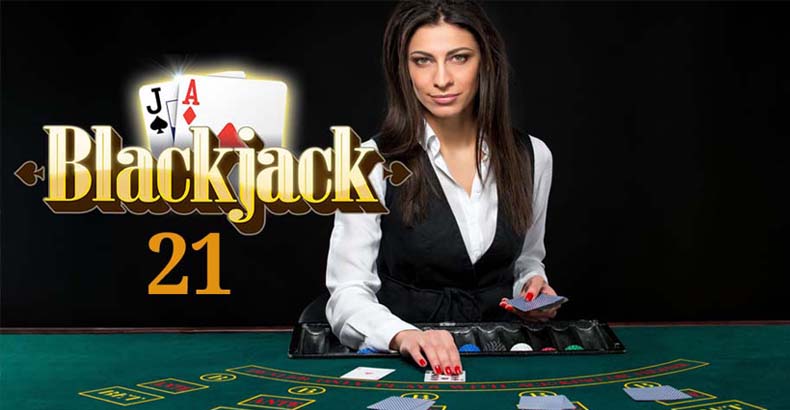Blackjack is a legendary game that is extremely popular all around the world. This is a classic game that is favorite of many players across the globe. Blackjack is also referred to as the 21 poker is a type of card game that is played against dealers. The player can also choose the card to hit up and the dealer will give you an additional card. If the player exceeds the total sum of 21 then the player will lose the game and the dealer will collect all the money.
How To Play 21 Cards ?
In the 21 Blackjack Card Game , your main objective is to win the game. How ?? You need to have the card value greater than what the dealer has. For example, if your total card value is 19 and the dealer’s total card value is 20 then you will lose the game and dealer will win. On the other side for example, if your total card value is 16 and the dealers total card value is 15 then you will win the game as per the blackjack rules. Simply the goal is to value your cards as near to 21 withouth exceeding that number or without busting.
Now How to Determine the Card Values ?
The cards having value between 2 – 10 are counted on the basis of their face value. In simple words the 2 of hearts, diamonds or the spades are always counted as 2 points and so on till the 10 number. All the face cards which are King, Queen and Jack have the face value of 10. At last the Ace can be counted either 1 or 11.
What are the Rules by Which You can Beat the Dealer?
- You must get the natural blackjack. This occurs when a player gets a total of 21 with the first 2 cards they have. This situation can only happen if the player has got the Ace 10, Ace-Queen, Ace King, and Ace Jack. If this pairs comes in you automatically wins the round.
- You can outsource the dealer. Blackjack rules state that outsourcing the dealer is a typical strategy for winning this game. To draw a hand value higher than the dealer’s hand value is what this indicates.
- If the dealer busts. Now what’s that? The player or the blackjack dealer busts if their card amount or their card total value goes over 21. If the dealer total goes over the 21 then they busts. And the remaining players whether their total sum is less than 10 or least, declared as the winner.
These were the 3 rules for how to deal blackjack 21. If you will Play 21 Blackjack you will be automatically allotted chips which is based on the amount that you have chosen at the beginning of the game. For example, if you are playing with ₹100 then you will be provided standard blackjack chips worth the ₹1 , ₹5, ₹25, and ₹100. You are free to use the chips as how you like to wager or bet and it is totally up to you that how do you play 21 with cards.
Two cards will be dealt to you face-up after you place your stake. The dealer will be given two cards—one face up and the other face down—for the current round. Now that the game has begun, sum up your hand’s values to produce a hand total that ranges between 4 and 21.
If your first two cards are an Ace and a ten-value card, you have been dealt a blackjack! Congratulations. However, according to the blackjack regulations, if the dealer also gets a blackjack, you will not win anything even though you will not lose your initial bet either. It’s a “push” issue in this case. The dealer will now deal his second card face-up after you have finished playing your hand.
The dealer then has the choice to stand (accept the initial two cards) or hit (ask for extra cards) until they receive a score of 17 or higher, in accordance with the rules of blackjack. The dealer will then stand there.
The dealer busts – In accordance with the strict blackjack rules, the dealer is required to pay you even money (one time your wager). If the dealer receives a natural blackjack, has a greater score than you, or busts, they win. The dealer will sweep your bet in this case, and you won’t get anything.
A situation known as a “push” occurs when both you and the dealer have the same hand total. In this case, you keep your cash but do not get reimbursed for your wager.
I hope that you have liked my article. We do not insist anyone to play poker, we are not responsible for any win or loss in this game.


